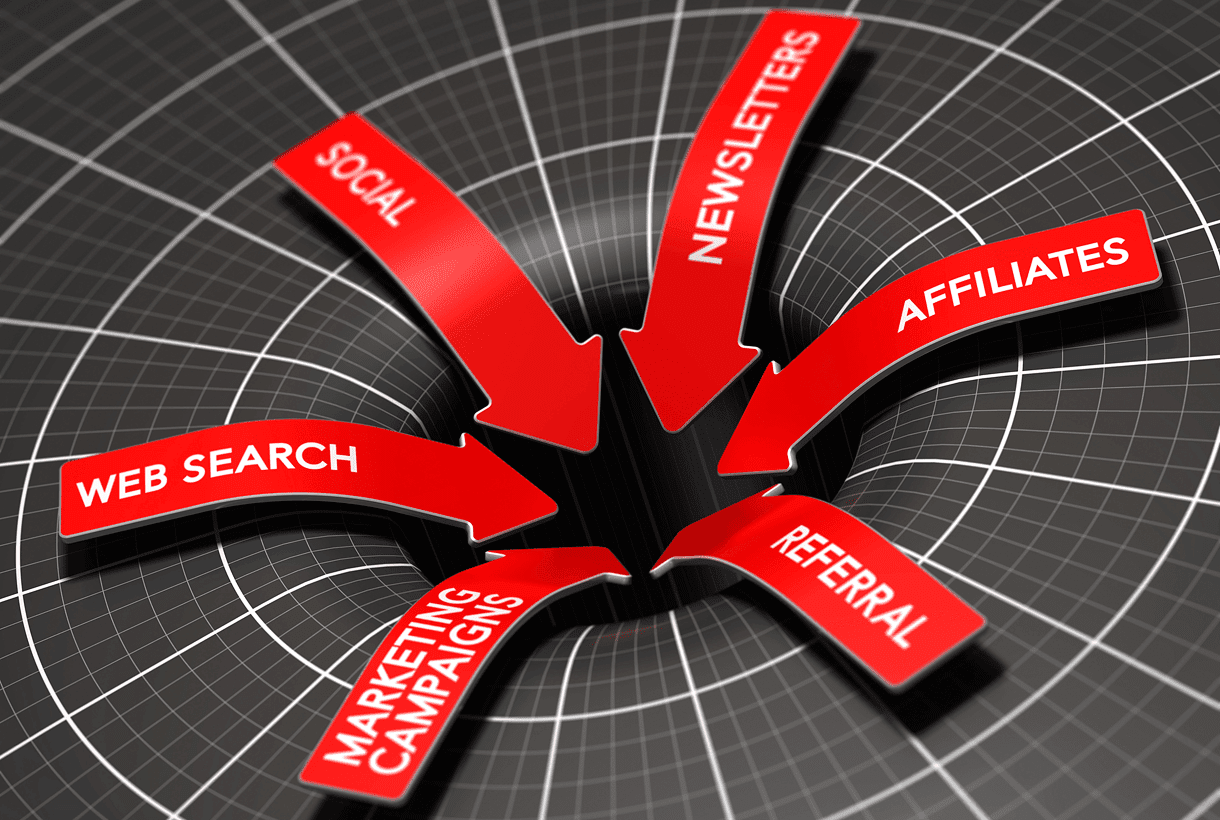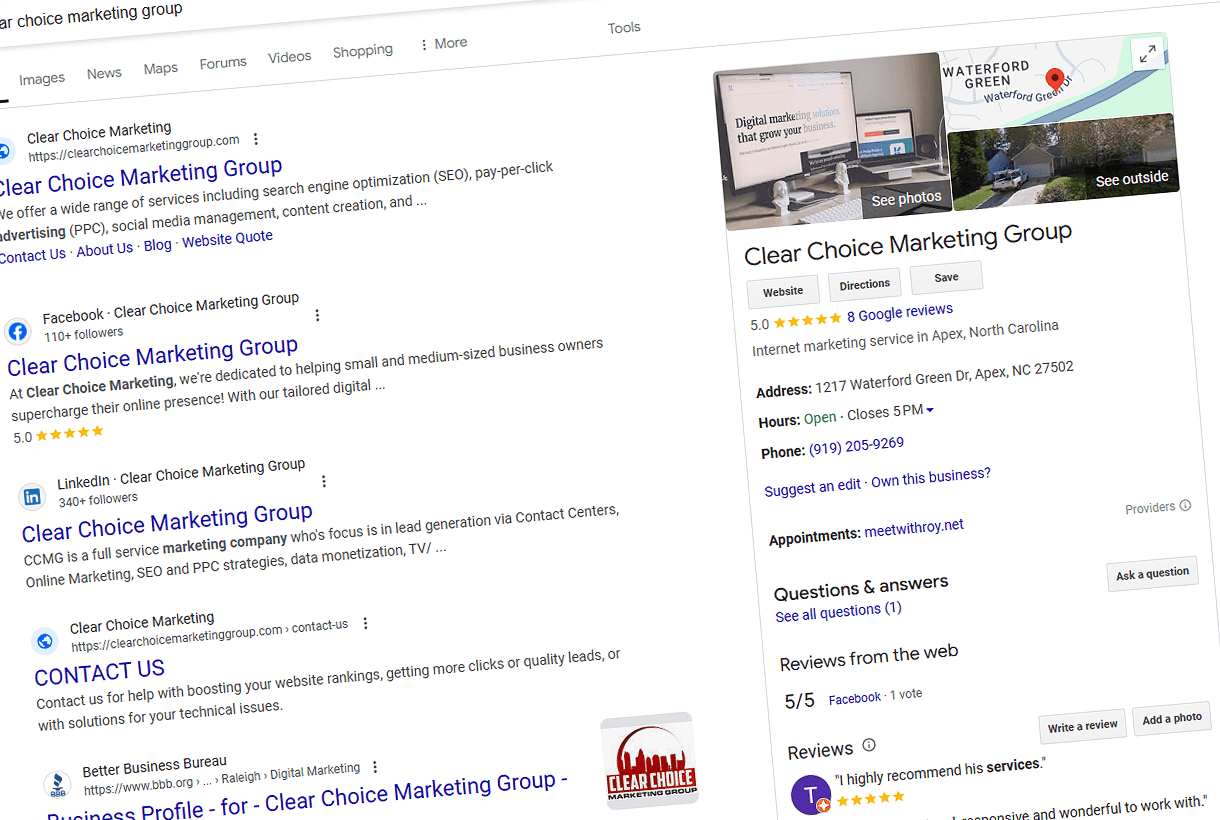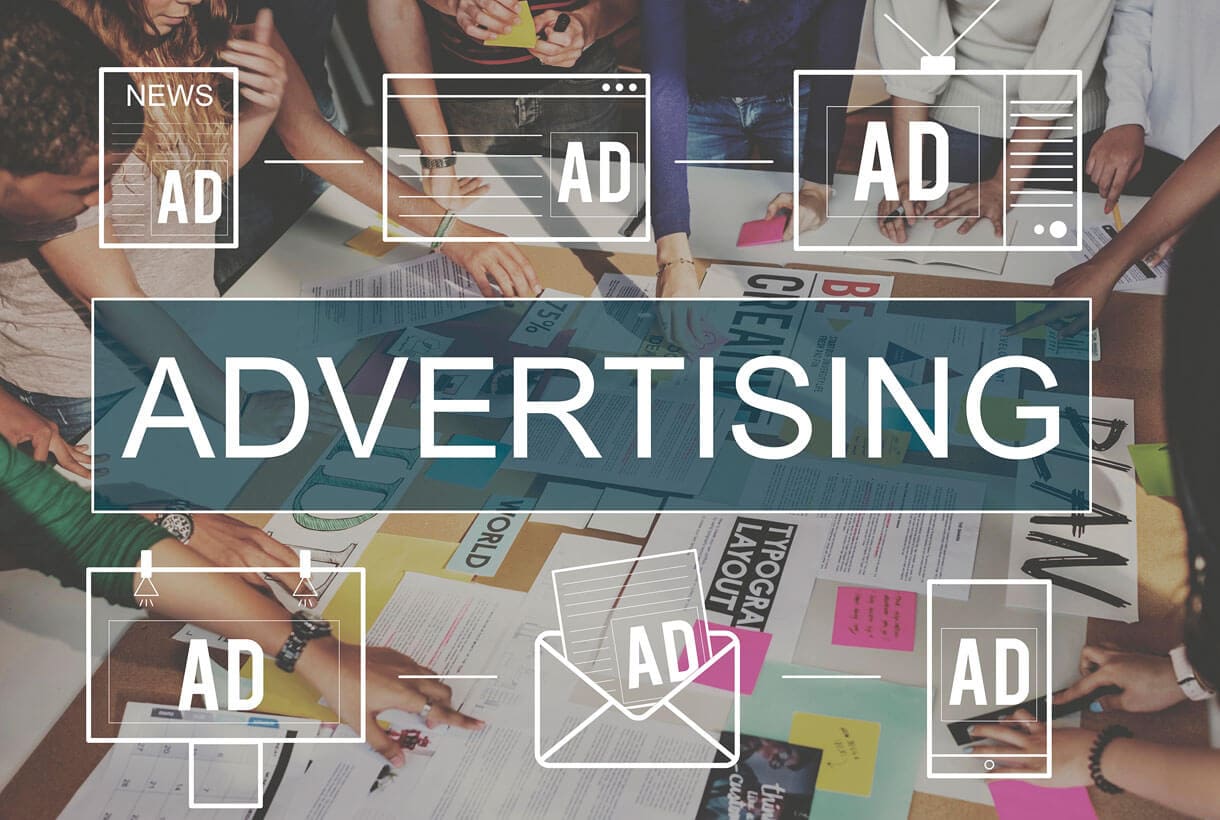

The process of attracting website visitors and turning them into prospects that have interest in your company’s products and services is called lead generation. It describes the method for developing a pipeline of those that have been stimulated to become interested in what a company is offering.
The vast majority of marketers say the marketing practice that develops leads is the most important element in a marketing plan. The initiation of consumer interest into the services or products of a business constitutes a lead that can be used for list building, relationship development, or an immediate sale.
Groupings of software, called technology stacks, can be used to better accomplish key marketing goals, like effectively generating and managing leads.
Remarketing tools can be used on visitors who don’t convert immediately. Ads and emails can be sent to previous prospects to draw them back to your landing page to reconsider the products and services you offer.
CRM software can analyze and sort your leads into categories so that they can be more effectively followed up.
Email marketing software can assist in nurturing those leads to conversion.
Technology software used will depend on what agency you use to outsource the tasks.
Finally, before you drive any traffic, test the campaign.
Proceed as if you are a prospect who has clicked through to your landing page. Make sure the links are working, whether they’re from an email, a Google Ad, a social media post, or somewhere else, are you being guided to the landing page for the funnel? Does everything appear the way it should on every type of browser?
If all the links seem to working properly, begin observing how a visitor would interact with the page. Try abandoning the page, then the site. Adjust the window size. Convert from the landing page. Are the proper error messages appearing if you don’t complete all the require fields? Are your call to action buttons working correctly? If you are using and you leave the page, are your ads being displayed? Does landing page resize properly when you resize the page?
How about the thank-you page? Are the links working like they should? Is the email sequence being employed, and are emails showing up in your inbox?
Are the conversion pixels giving you the correct information? Are your prospects being sorted accurately for follow up?
All these things should be checked to make sure the campaign is being properly deployed.
An individual or organization that expresses in some way an interest in buying whatever products or services a business is selling is a lead. A lead is both a prospect and a potential customer.
If your brand is to be successful, lead generation is imperative. It is necessary to cause the initiation of consumer interest into the products or services a business is offering. Once a lead has been reviewed, it may qualify as a business opportunity.
Certain characteristics can determine the degree of a lead’s willingness and readiness to buy. Leads can then be categorized into probabilities for making a purchase, such as cold, warm, or hot.
If a lead qualification system is utilized, the prospect can more effectively be followed up on.
Are they likely to be able to afford the offer? Do they have the authority to make the purchase? Do they have a need the product can resolve? In what time frame might they be likely to make the purchase?

Organic search traffic comes from people that find your business links in the search engine results. SEO optimization of your site will bring better organic search results.
Whenever a question or other phrase is keyed into a Google search, the links that appear below or above the ads are the organic results. The results that are shown are largely chosen for their quality and the content of the linked page.
Organic search engine results are traffic that comes from people finding links among these results and is classified as organic traffic. It is usually considered the most valuable traffic source for many reasons.
The most traffic is directed to those that Google trusts for providing the best answer to the question or search phrase. They are very particular about whom they rank in the top five results for a keyword or phrase. Being ranked near the top of Google’s first page of results usually takes a while, but once you arrive there you will likely remain for quite a while.
The first page receives about 92% of all search traffic for that phrase. The first organic listing on the first page will often get 33% of the clicks.
It does take time to get indexed and to begin generating traffic organically, but what an upside!
A lot has changed over the last ten decade. Nearly every business has a website, and Google has cracked down on the way search engine optimization can be used.
To receive consistent organic traffic and good rankings take time, persistence, and a lot more effort than it used to in the recent past.
Organic search leads close an average of 14% of the time. People who spend the most usually get their information on the internet.
There are more than 10 billion Google searches every month, and more than three quarters of internet users in the U.S. research products and services online. Google influences our buying behavior and our lives on a daily basis. We use Google or other search engines to answer our questions like we previously used encyclopedias and dictionaries.
Today, companies strive to reach the top of SERPs (search engine results pages) for their very survival. If you want to get to the top of the SERPs and get searchers to take action for your business, the following may help you understand your audience, grab their attention and potentially convert them to buy and refer.
Generating leads and obtaining new customers are two things a business must do to be successful. Even after you have developed the process for lead generation, you still will want to send traffic to your landing pages that is targeted. Organic search, paid advertising, and social media are some of the channels you can use to accomplish this.

Acquiring customers for less than what you expect to get back over their lifetime is what you want to strive for. If your product or service sells for $500 and it is likely to bought only once in a purchaser’s lifetime and it costs you less than $500 to acquire a customer, your campaign can be profitable. When you generate more dollars in sales than you spend on advertising, the campaign is producing profit. Scaling up a campaign that is profitable is how you can grow your business with advertising.
In preparing to sell a product or service, advertising can be utilized to find interested prospects. Getting their feedback can be instrumental in gaining an understanding how your potential customers think and what concerns they have that your offers may be able to address. It may be a cost-effective This economical method for testing your ideas could assist in engaging with people interested in what you may be developing and discovering some that may be your first “beta users.”
Your objective can be to determine your target audience for a reasonable cost and test your marketing and the applicability of your merchandise.
The two most common forms of advertising used online are Cost Per Click and Cost Per Mille. They are usually designated as CPC and CPM and each describe how you pay for them.
It should help you if you understand the meaning of some often used terms. An impression occurs each time your advertisement is shown to a user. A click through happens when a user clicks on your advertisement and is redirected to your landing page.
With CPC, you are only charged when someone clicks through to your landing page. If your maximum cost per click is $2, no more than $2 will be charged each time someone clicks on your ad and is redirected.
With CPM, you are charged based on how much it costs for 1,000 impressions, whether anyone clicks on your advertisement or not.
The actual price you pay will be determined by the category your product is in and to whom you are advertising. Usually CPC is a little more expensive, because it ensures traffic to your landing page.
Getting lancing page visitors grants you the opportunity to develop a lead or even convert the lead to a sale. Someone seeing an impression may have no interest in your company or what you are offering, yet they have already cost you money.
Before you spend anything on advertising, you may want to be sure you can learn about the traffic you will be generating. These metrics will prove valuable.
How many visitors make it to your landing page? How many of them convert? How much did you spend on your advertising campaign?

Start out by creating an account in Google Analytics. Next create a property and add your tracking code to the pages on your website. Finally, you’ll want to make sure that the tracking is giving you analytics.
See instructions: Get started with Analytics.
Because the goal of advertising is often to pay the least amount, testing and adjusting your ads are very important. They are critical for your success.
There are a number of things you may want to test. How much does it cost to bring in a new customer? How many impressions does your advertisement get in a day? What is the click through rate? Testing gives you the best information when you use real advertisements, acquire real users, spend real money, and, hopefully, get real sales.
Begin an advertising campaign with a limited budget and set a definite time period. This is an economical method to see how well your campaign works.
Various metrics can be utilized to gauge the results over time, but Return on Investment (ROI) is always important. ROI is determined by the amount of profit generated as compared with your expenses for a specific time period. You can measure this by determining the revenue generated less the amount spent on advertising and the amount required to prepare the product or service for sale.
The actual equation will look like this:
ROI = (Revenue – (Cost of Goods Sold + Advertising Expenditures) / (Cost of Goods Sold + Advertising Expenditures)
A positive ROI means the advertising campaign is profitable. You will want to see how effective your advertising is without spending a lot of money.
You may want to optimize your campaign if you have determined either your ad, your landing page, or some combination is not producing a profit or not enough of a profit.
Google analytics can help you decide if you just consider optimizing your landing page or your ad. Either could help you improve your click through rate.
Each platform you advertise on will have various options for composing your campaign. Advertising on Facebook allows you to set up custom audiences. Keywords and ads are more important on Google Ads.

Clear Choice Marketing Group
5540 Centerview Drive Ste 200
Raleigh, NC 27606
919-205-9269